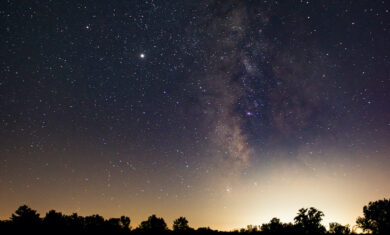Adler Skywatch: July 2025

Header Image: Mercury, as seen by Messenger in 2011. Image credit: NASA/Johns Hopkins University Applied Physics Laboratory/Carnegie Institution of Washington
A planet that doesn’t usually get seen much gets its day in the Sun this month, along with a chance to spot Mars, Venus, Saturn, and maybe even Jupiter. Here’s what you can see in the sky this month, July 2025!
Evening Planets In July
Your Chance To See Mercury
Mercury is the closest planet to the Sun. As such, it spends most of its time near the Sun in our sky, which means it either gets completely hidden in the Sun’s glare, or that the window of time when it is above the horizon—either before sunrise or after sunset—is very short.
This month, you have a chance to find the usually-hard-to-spot planet during early-evening twilight from July 1 through about July 8, depending on viewing conditions. Start looking for it about 40 to 45 minutes after the Sun sets, because the twilight sky’s brightness makes it hard to see the planet any earlier. Mercury is a little brighter than first magnitude at this time, but it gets dimmer each evening. The planet is also very low in the west-northwest, so you’ll need a fairly clear view to the horizon to see it.
To help you know if you’ve found Mercury, fully extend your right arm, point your palm down, and stretch your index and pinky-fingers out from your fist to make a Y shape. With your index finger near the object you think is Mercury, your pinky-finger should stretch to the right and end up near Pollux and Castor, the bright “twin-stars” in the constellation Gemini. Mercury sets about 90 minutes after the Sun early in the month, so you don’t have much time to look for Mercury before it’s too close to the horizon to be readily visible.
The Red Planet And Regulus
Mars, AKA the Red Planet, is higher in the early-evening sky than Mercury is this month. Look just a little south of west and about 25 degrees high, starting around 40 minutes to an hour after sunset. If you see both Mars and Mercury in the sky, you’ll notice that Mars is fainter than Mercury. If you see a slightly brighter star below and to the right of Mars, that’s Regulus, in the constellation Leo. Regulus is not as bright as Mercury, but Regulus is brighter than Mars this month.
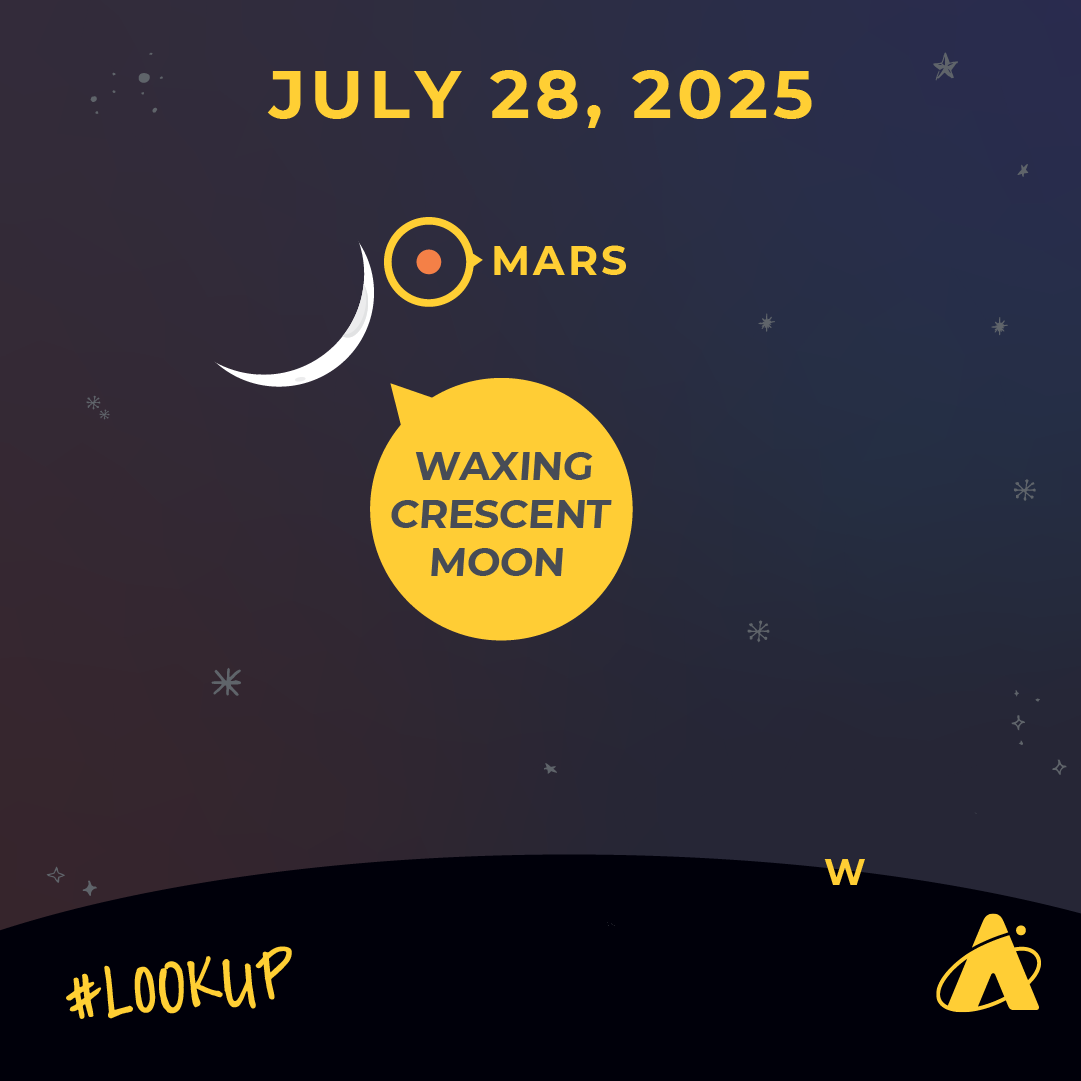
As the evenings pass, Mars keeps getting dimmer. By month’s end, Mars is only about 1.6 magnitude in brightness. It gets a little dimmer next month before it starts to re-brighten. The evening of July 28, Mars is near a slim, waxing crescent Moon, barely four days old. Mars sets in the west after 11:00 pm at the start of the month, and shortly after 10:00 pm by month’s end.
Late Night And Early Morning Planets
Spot Saturn In July
Long after the evening-twilight planets have set, Saturn rises in the east. On July 1, it rises around 12:30 am. By July 8, it rises just before midnight. By the end of the month, Saturn rises before 11:00 pm. It’s slightly brighter than first-magnitude all month long. Before the glare of sunrise begins to blot it out, Saturn will be roughly 40 degrees high above the south-southeastern horizon. The morning of July 16, a waning gibbous Moon appears just above Saturn.
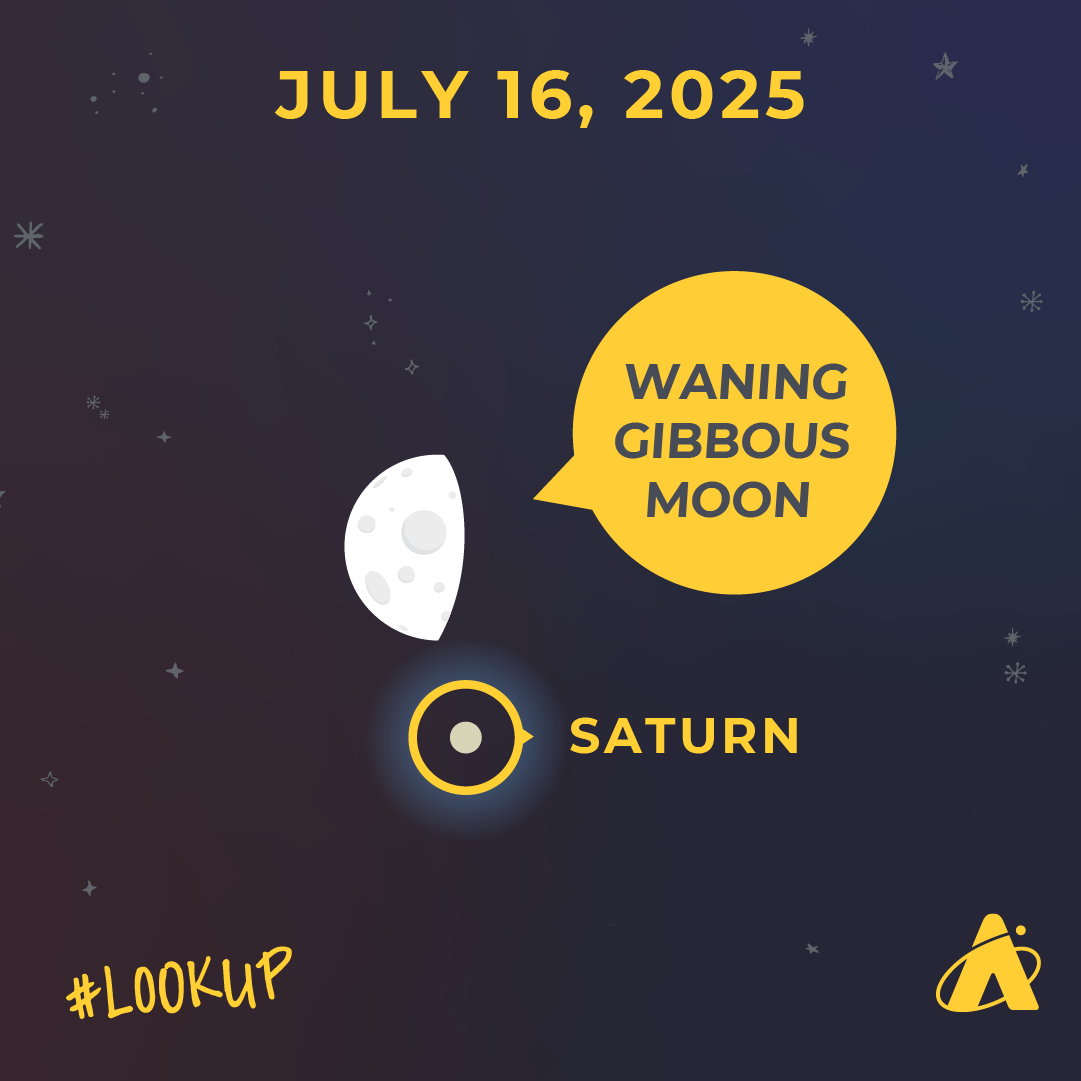
How To See Venus
The brightest planet, Venus, rises in the east-northeast around 3:00 am this month. It shines at about -4 magnitude and is easy to spot. The morning of July 22, Venus is about five degrees to the right of a slim, waning crescent Moon. You should be able to see Venus up to a half-hour before sunrise each morning this month, as it stays fairly close to the same place in the sky when viewed at the same time each day.
Where Is Jupiter?
The planet Jupiter is always bright, at nearly -2 magnitude. The trouble is that this month, it’s positioned close to the Sun in the sky before sunrise—meaning that the Sun’s glare will make the planet difficult to see. From July 1 through July 13, Jupiter appears less than ten degrees away from the edge of the Sun. But please, don’t try to look for Jupiter while any portion of the Sun’s disk is above the horizon! Looking at the Sun could result in permanent eye damage, which can happen before you even feel anything.
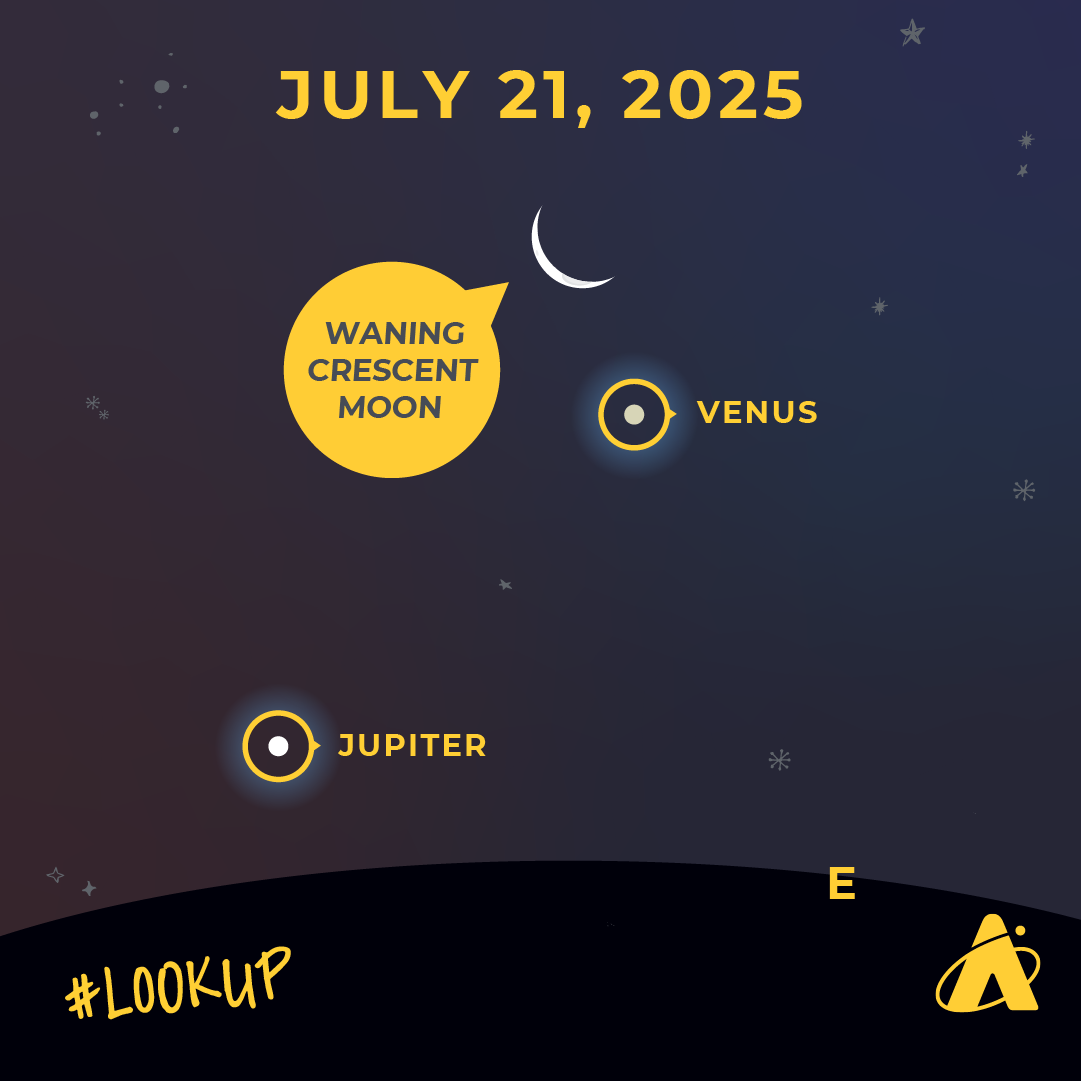
If you do try to look for Jupiter this month, you may want to wait until about 5:00 am on July 23, when the locations of a few other objects will help you find Jupiter easily and quickly. Venus is less than 20 degrees above and to the right of Jupiter with an extremely thin waning crescent Moon is about five degrees to the left of Jupiter. On the mornings after July 23, Jupiter will rise earlier and earlier before the Sun each day, making planet viewing easier and safer.
Moon Phases
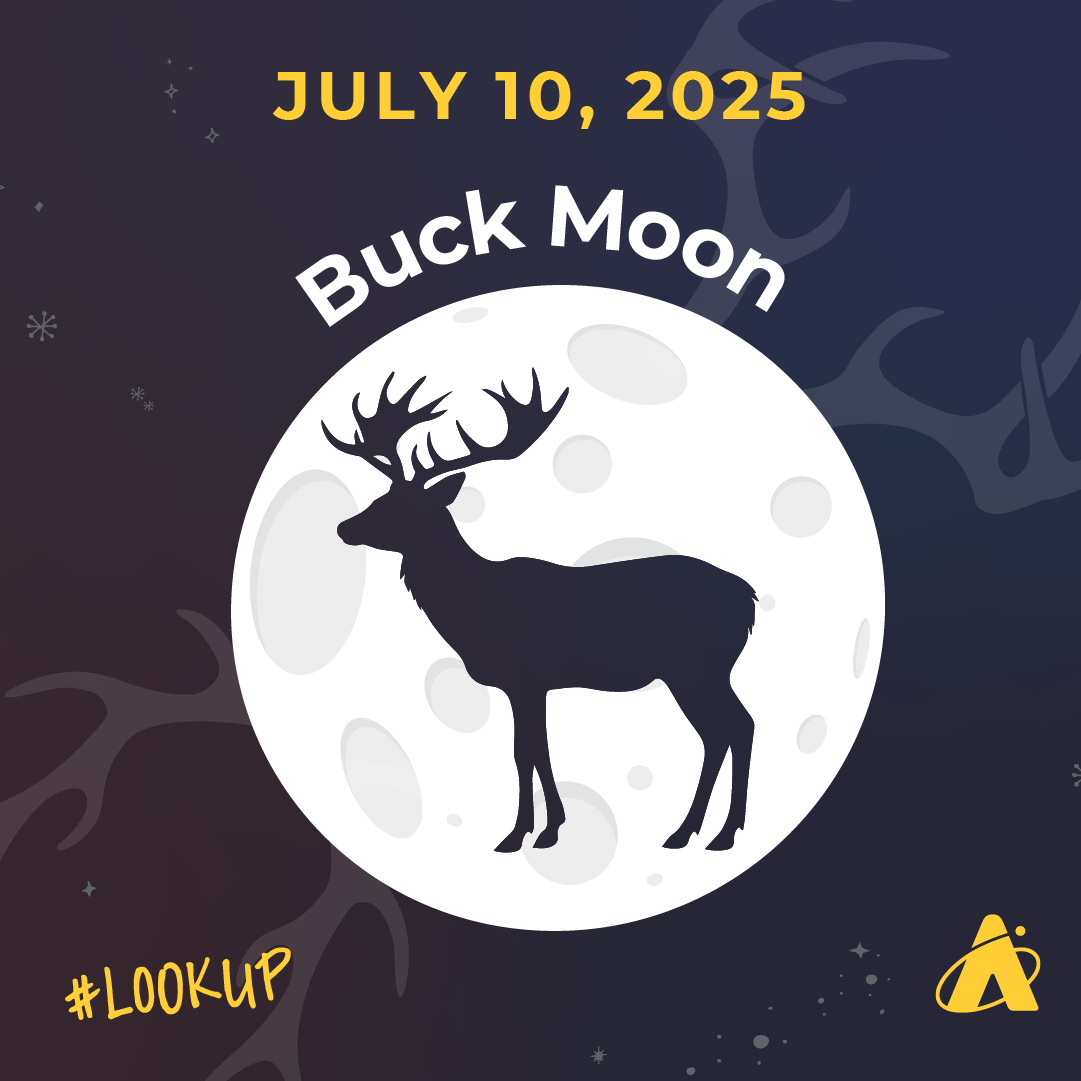
First Quarter Moon: July 2
Full Moon: July 10
Last Quarter Moon: July 17
New Moon: July 24
Please note: these descriptions are for the Chicago area, using Central time.
Subscribe To Skywatch Wednesday This July
Tour the sky with the Adler Planetarium’s Theaters Manager, Nick, in Skywatch Wednesday. Nick uses cutting edge visualizations, NASA images, and astrophotography to show you what you can see in the night sky throughout the year.
Check out Nick’s latest episode, learn how to see the summer triangle and the constellations that make it up. Plus, see zodiac constellations, Scorpius and Sagittarius, along with several Moon and planet conjunctions, the Perseid meteor shower, and even the Milky Way this summer!
Learn From Our Astronomy Educators
Watch recaps of Sky Observers Hangout livestreams this July! Learn how to observe upcoming cosmic happenings, enhance your astrophotography skills, and see celestial objects through a telescope virtually with our astronomy educators.
In the latest episode, Michelle and Hunter are joined by astrophotography expert, Nick Lake, and share everything you need to know about taking pictures of the night sky. They also show you views of galaxies through the 24 inch telescope in the Doane Observatory!






